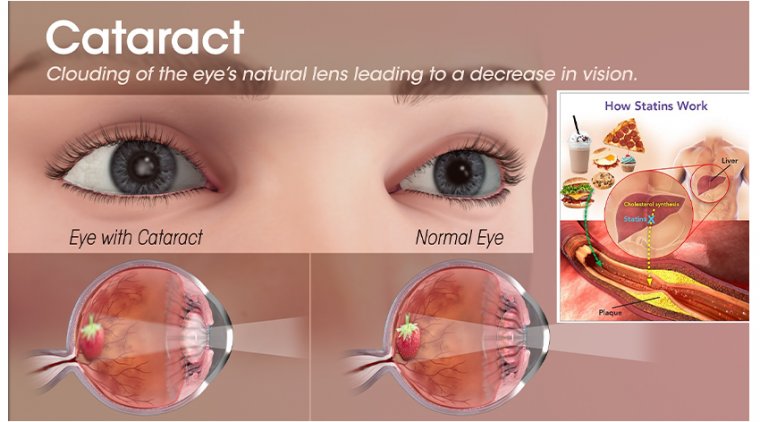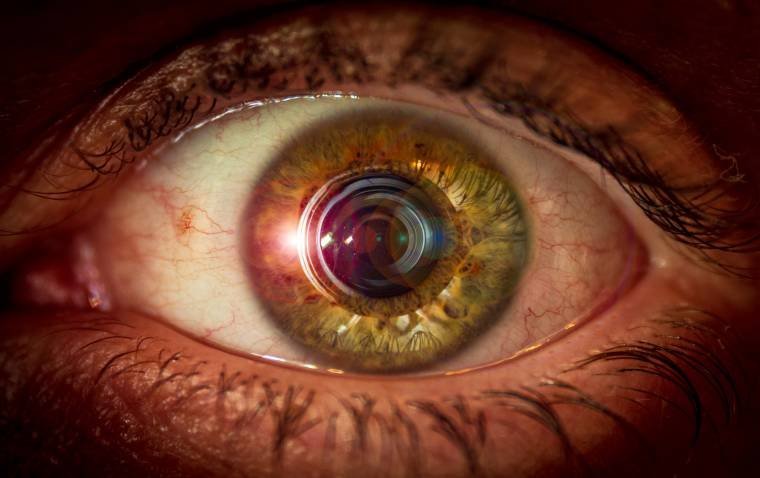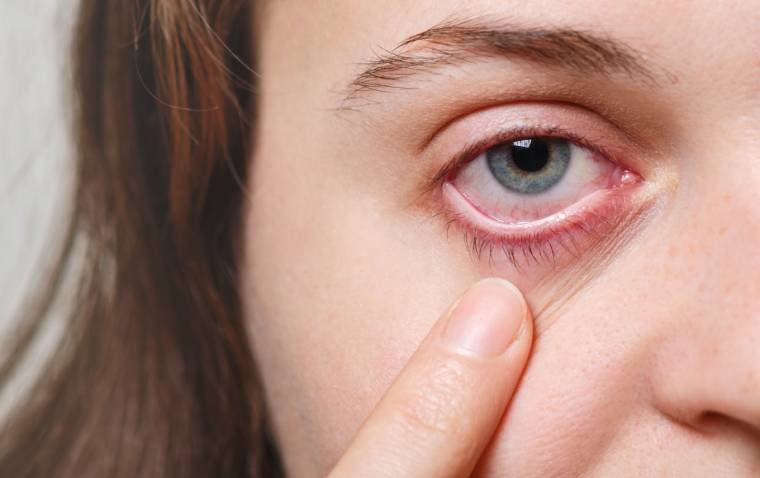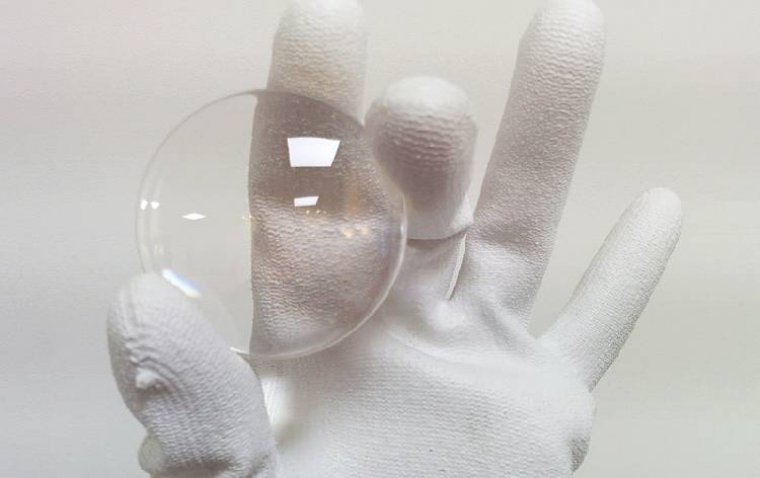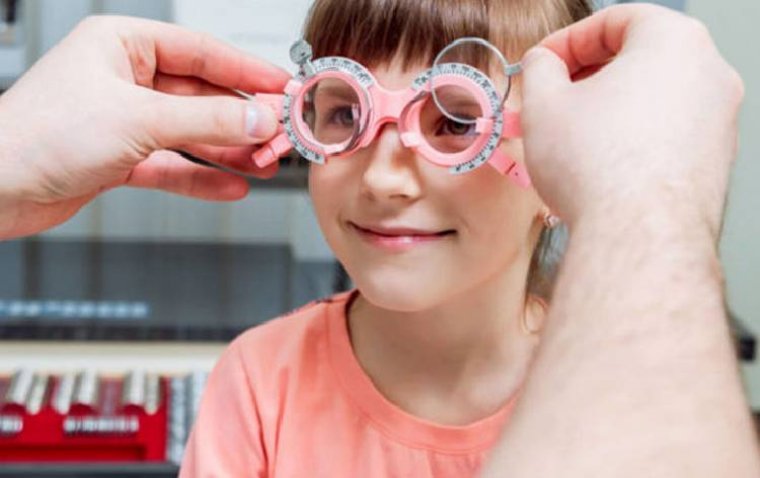
Parental Astigmatism Increases Risk of Child Astigmatism
A recent study published online Dec. 21 in JAMA Network Open suggests that parental astigmatism might have an independent and dose-dependent relationship with child astigmatism.
Ka Wai Kam and colleagues at the Chinese University of Hong Kong investigated the relationship between a parent's astigmatism and a child's astigmatism. The research comprised 5,708 family trios from the Hong Kong Children Eye Study, each consisting of a child between the ages of 6 and 8 and both parents.
The researchers found that astigmatism of ≥1.0 D in both parents was associated with greater odds of refractive astigmatism (RA; odds ratio, 1.62) and corneal astigmatism (CA; odds ratio, 1.94) in the child. When both parents had astigmatism ≥2.0 D, the risk increased further (odds ratios, 3.10 and 4.31, respectively), with higher parental astigmatism conferring higher risks for both RA and CA in children.
There was a significant association between each parental astigmatism and corresponding child astigmatism (odds ratios, 0.76, 0.82, 1.70, and 1.33 for maternal RA, paternal RA, maternal CA, and paternal CA, respectively).
"The findings of this cross-sectional study suggest that parental astigmatism may confer an independent and dose-dependent association with child astigmatism," the authors write. "Children with parents with astigmatism should have early eye examinations for timely detection of astigmatism to facilitate age-appropriate vision correction and visual development."
Reference: Ka Wai Kam et al, Association of Maternal and Paternal Astigmatism With Child Astigmatism in the Hong Kong Children Eye Study, JAMA Network Open (2022). DOI: 10.1001/jamanetworkopen.2022.47795
(1).jpg)


